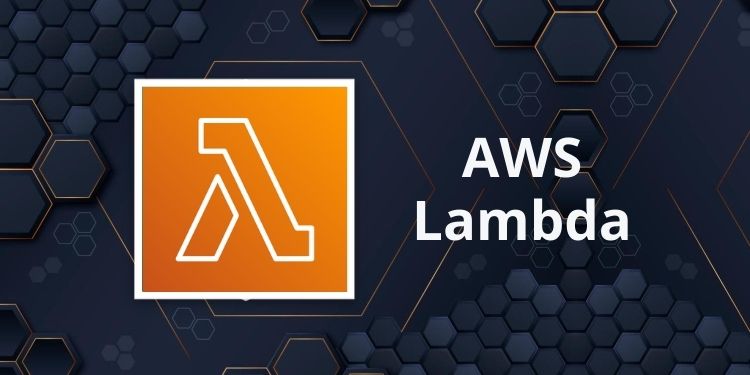Lambda functions in AWS
 Jaswanth kumar
Jaswanth kumar
Lambda Functions Overview
Serverless Execution: Lambda allows you to upload your code (written in languages like Node.js, Python, Java, Go, etc.) and AWS takes care of provisioning and managing the servers to run that code.
Event-Driven: Lambda functions are typically triggered by events such as changes in data, HTTP requests via API Gateway, file uploads to S3, database updates in DynamoDB, scheduled events via CloudWatch Events, etc.
Automatic Scaling: Lambda scales automatically with the number of incoming requests. Each invocation of a Lambda function runs in isolation, meaning one invocation doesn’t affect another, and AWS manages the scaling in the background.
Pay-per-Use: You pay only for the compute time you consume. Lambda functions are billed in increments of 100ms, and you are charged based on the number of requests and the duration of the code execution.
Use Cases for Lambda Functions
Event-Driven Processing: Lambda functions are ideal for processing events from various AWS services such as S3, DynamoDB, SNS, SQS, etc. For example:
Automatically resizing images uploaded to S3.
Processing records inserted into DynamoDB tables.
Web Applications: Lambda functions can be used to handle backend logic for web applications. For instance:
Handling API requests via API Gateway.
Performing authentication and authorization tasks.
Processing and validating user input.
Real-time File Processing: Lambda functions can process files uploaded to S3 in real-time. This is useful for:
Converting file formats.
Analyzing files for content or metadata.
Archiving or moving files to different storage solutions.
Data Processing: Lambda functions are suitable for data processing tasks such as:
Extracting, transforming, and loading (ETL) data from one database or storage system to another.
Performing data validation or enrichment.
Aggregating data from multiple sources.
Scheduled Tasks: Lambda functions can be scheduled to run at specific times using CloudWatch Events. Common use cases include:
Daily backups or data snapshots.
Running periodic maintenance tasks.
Generating reports or performing batch processing.
IoT Applications: Lambda functions can process data streams from IoT devices using services like AWS IoT Core. Examples include:
Processing sensor data.
Analyzing and triggering alerts based on device telemetry.
Integrating IoT data with other AWS services.
Integration with AWS Services: Lambda functions can integrate with other AWS services to automate workflows and processes. For example:
Processing notifications from AWS CloudTrail or AWS Config.
Integrating with Amazon Lex or Amazon Polly for chatbots and voice applications.
Implementing custom logic for AWS Step Functions state machines.
Lambda functions are versatile and can be used for a wide range of use cases where you need to execute code in response to events, without managing the underlying infrastructure. They enable rapid development, scalability, and cost-effectiveness in building modern, event-driven applications on AWS.
Subscribe to my newsletter
Read articles from Jaswanth kumar directly inside your inbox. Subscribe to the newsletter, and don't miss out.
Written by

Jaswanth kumar
Jaswanth kumar
I have been working as a DevOps engineer @TESCRA for an Airlines Client. Mainly on Platform Engineering and Application logging and monitoring end